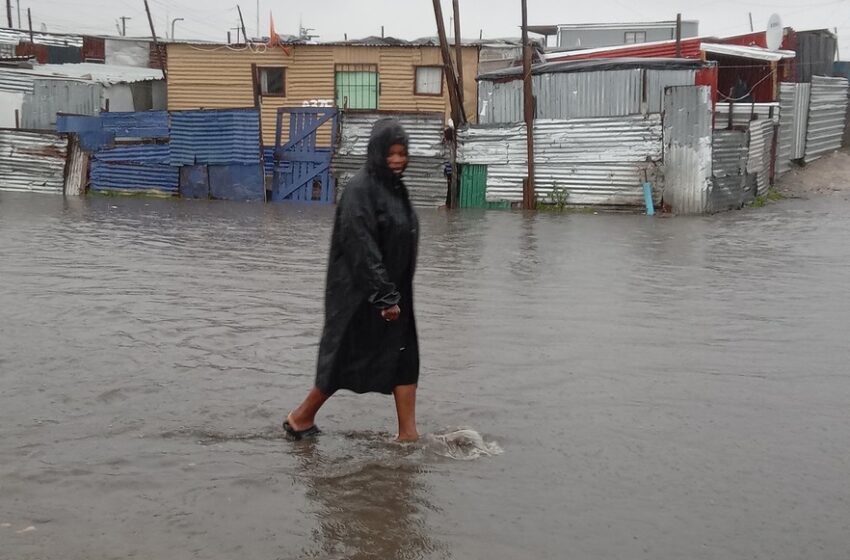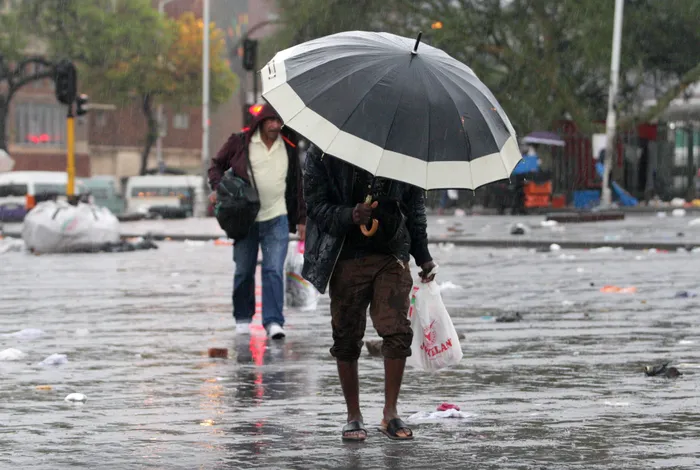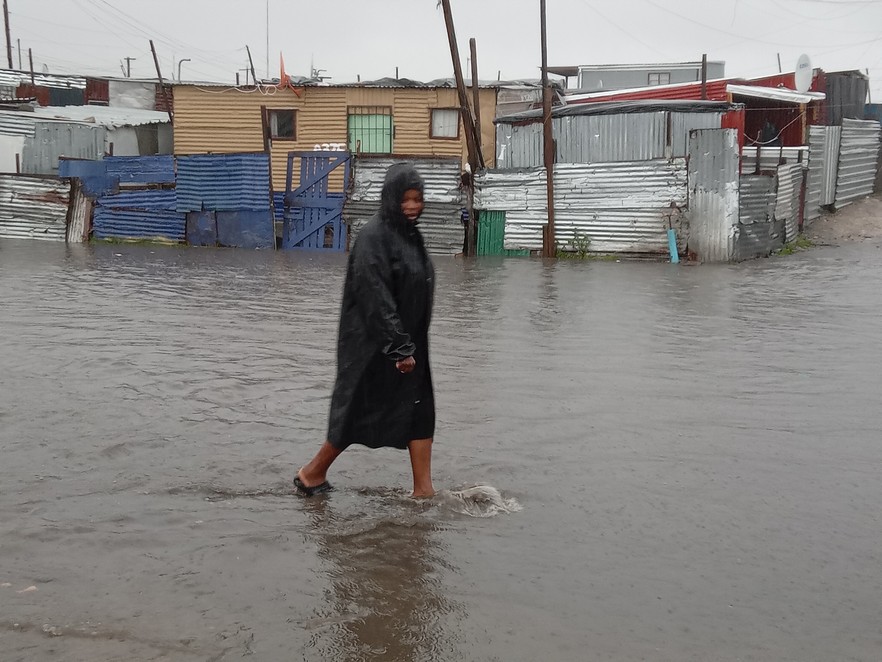Snow, rain and wind pound South Africa as cold front deepens

Weekend weather in South Africa: Cold mornings, mild sunshine ahead. Photo: Sandiso Phaliso
A powerful cold front is sweeping across South Africa, bringing widespread snow, heavy rainfall, and damaging winds to multiple provinces. The South African Weather Service (SAWS) has issued various weather alerts, including a Level 4 warning for the Western Cape, warning of disruptive rain, possible flooding, and severe travel disruptions. Coastal and inland regions alike are bracing for impact as emergency teams are placed on high alert.
Level 4 Weather Warning Issued for Disruptive Rain in Western Cape
The Western Cape is at the epicentre of the latest weather alert, with SAWS issuing a Level 4 warning for disruptive rain. The alert is in effect from Wednesday through the weekend, with expectations of localised flooding, road closures, and damaged infrastructure in flood-prone areas. The City of Cape Town has activated its disaster response teams, coordinating relief supplies and urging residents to remain cautious.
Snowfall in Drakensberg and Gauteng as Cold Front Spreads
The Drakensberg Highlands, parts of Gauteng, and high-lying areas in Mpumalanga are experiencing snowfall and sleet due to the intense drop in temperatures. These conditions are affecting travel routes and raising concerns for rural and agricultural communities. SAWS has warned that icy roads and slippery mountain passes may become extremely hazardous, urging motorists to postpone non-essential travel.
Heavy Winds and Rain Sweep Eastern Cape and Northern Cape
Strong gusts and persistent rainfall are battering the Eastern Cape, Northern Cape, and Free State, with warnings of flash flooding, landslides, and uprooted trees. Winds of up to 90 km/h have already disrupted electricity in some rural communities, and emergency response units are addressing blocked roads and fallen power lines. In coastal zones, damaging waves and rough seas are creating additional safety concerns for fishing and small boating communities.
Coastal South Africa Braces for Flooding and Marine Weather Disruption
From Saldanha Bay to Plettenberg Bay, coastal South Africa is under marine warnings due to turbulent seas and gale-force winds. The SA Weather Service has issued yellow-level alerts for rough surf and heavy coastal rain. Residents are advised to secure outdoor structures and remain indoors where possible, particularly in vulnerable shoreline communities.
Emergency Response and Community Relief Efforts Underway
Emergency services, along with NGOs like Gift of the Givers, are working around the clock to assist affected households. Relief efforts include the distribution of blankets, hot meals, bottled water, and other essentials to vulnerable families, especially in Western Cape townships that have already suffered from prior flooding. Authorities are urging the public to stay updated via official channels and adhere to safety recommendations.
Cold Front Risks: Flooding, Power Outages, Fire Alerts and Road Hazards
-
Flooding is a major threat in informal settlements and low-lying suburbs.
-
Power outages caused by wind and water damage have been reported in several regions.
-
Snow and ice pose significant challenges for drivers and livestock owners.
-
Fire warnings remain active in drier inland areas, despite the cold, due to high winds.
This multi-pronged weather threat highlights the ongoing vulnerability of South Africa’s infrastructure in extreme weather events.
READ ALSO
How does the cold front affect me as a South African?
What South African schools and parents should know about cold front safety
South Africa’s cold front is here: 10 essential safety tips to stay warm and protected
Cold Front: These areas in South Africa are expected to be worst hit
What should South Africans know about this week’s cold front — and how can you stay safe?
Safety Tips During Severe Weather in South Africa
-
Avoid travelling through flooded areas or mountain passes.
-
Secure loose items and outdoor furniture to prevent storm damage.
-
Keep drains and gutters clean to help prevent blockages and flooding.
-
Monitor official updates from SAWS and local authorities.
-
Assist vulnerable neighbours and ensure access to warmth, food, and water.



